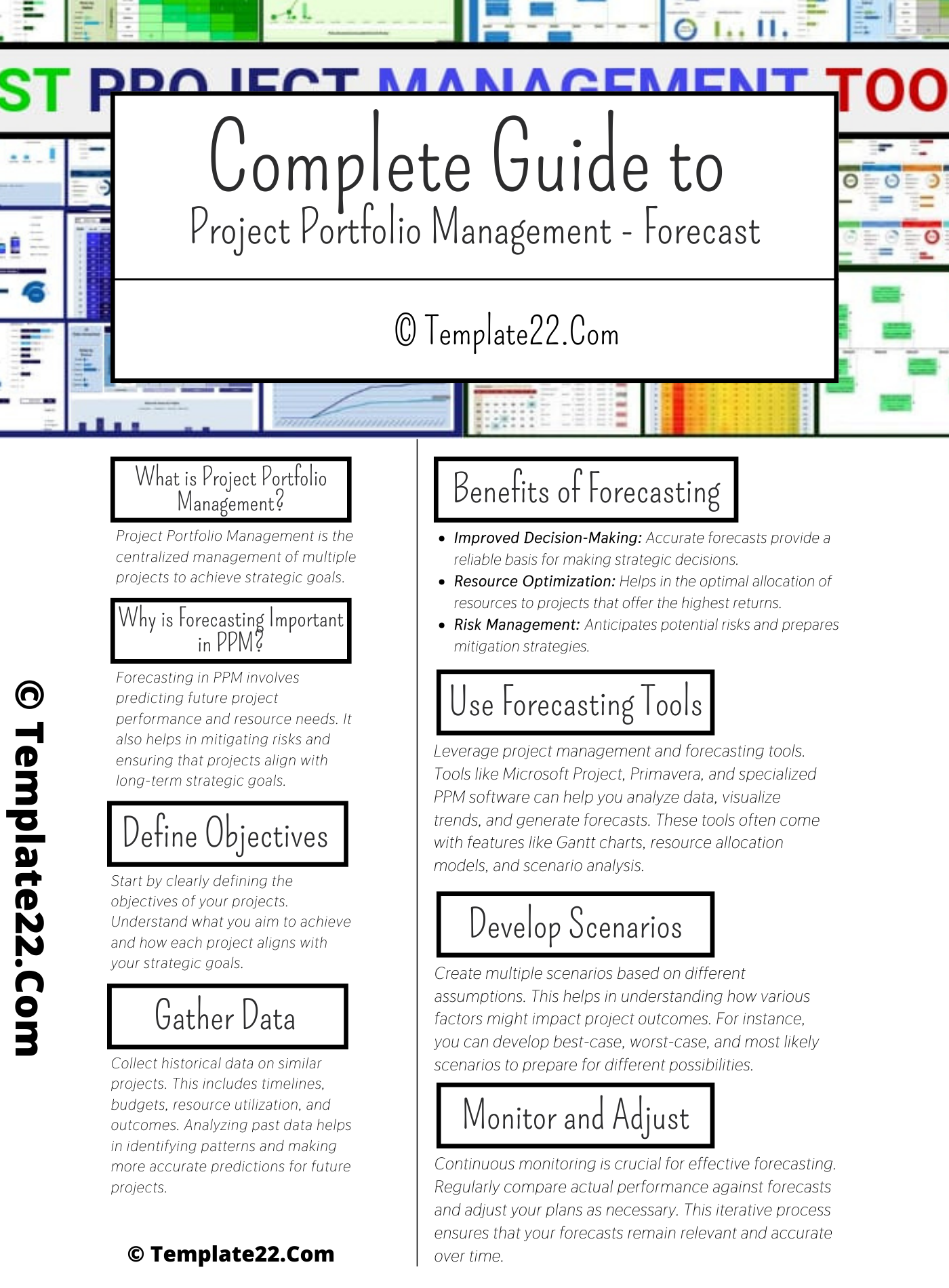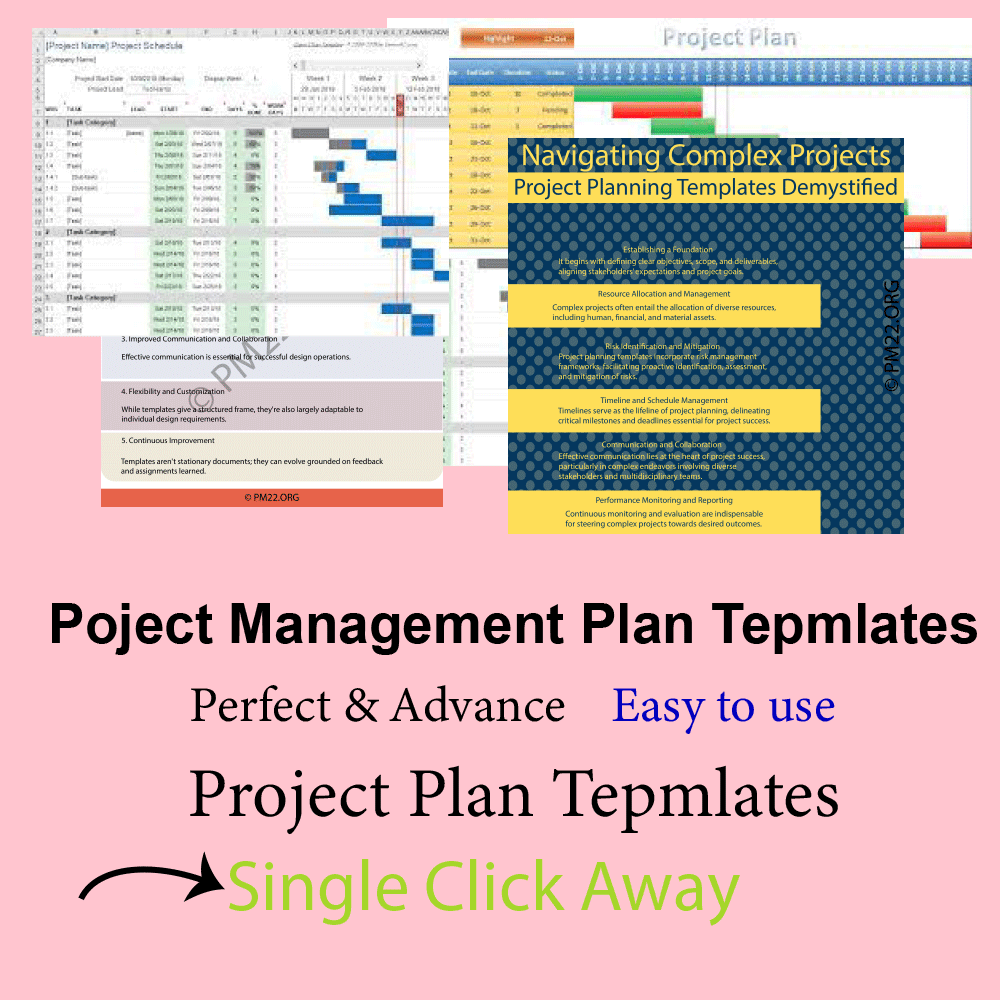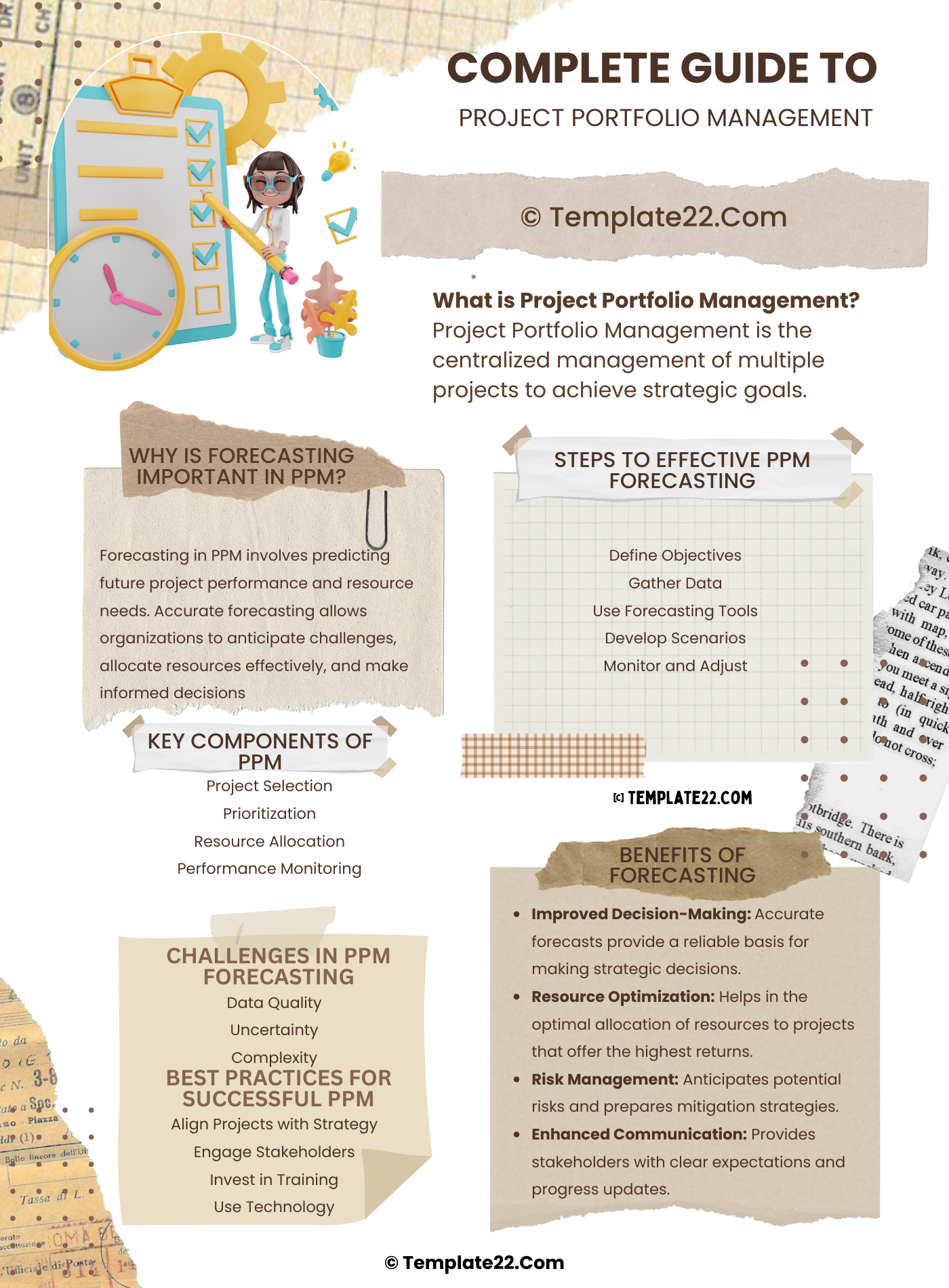 Project Portfolio Management (PPM) is a critical process that enables organizations to effectively manage and evaluate a collection of projects. Whether you’re a project manager, a business executive, or a stakeholder, understanding PPM can significantly enhance your ability to achieve strategic objectives and maximize resource utilization. This Complete Guide to Project Portfolio Management will walk you through the essentials of PPM, focusing on forecasting to help you plan and execute your projects successfully.
Project Portfolio Management (PPM) is a critical process that enables organizations to effectively manage and evaluate a collection of projects. Whether you’re a project manager, a business executive, or a stakeholder, understanding PPM can significantly enhance your ability to achieve strategic objectives and maximize resource utilization. This Complete Guide to Project Portfolio Management will walk you through the essentials of PPM, focusing on forecasting to help you plan and execute your projects successfully.
What is Project Portfolio Management?
Project Portfolio Management is the centralized management of multiple projects to achieve strategic goals. It involves selecting, prioritizing, and controlling an organization’s projects in line with its strategic objectives and capacity to deliver.
Key Components of PPM
- Project Selection: Identifying projects that align with business goals.
- Prioritization: Ranking projects based on their potential value and impact.
- Resource Allocation: Efficiently distributing resources across projects.
- Performance Monitoring: Tracking project progress and making necessary adjustments.
CLICK HERE TO DOWNLOAD 300+ PROJECT MANAGEMENT TEMPLATES & DOCUMENTS IN EXCEL
Why is Forecasting Important in PPM?
Forecasting in PPM involves predicting future project performance and resource needs. Accurate forecasting allows organizations to anticipate challenges, allocate resources effectively, and make informed decisions. It also helps in mitigating risks and ensuring that projects align with long-term strategic goals.
Benefits of Forecasting
- Improved Decision-Making: Accurate forecasts provide a reliable basis for making strategic decisions.
- Resource Optimization: Helps in the optimal allocation of resources to projects that offer the highest returns.
- Risk Management: Anticipates potential risks and prepares mitigation strategies.
- Enhanced Communication: Provides stakeholders with clear expectations and progress updates.
Steps to Effective PPM Forecasting
Effective forecasting requires a structured approach. Here are the key steps:
1. Define Objectives
Start by clearly defining the objectives of your projects. Understand what you aim to achieve and how each project aligns with your strategic goals. This clarity will guide your forecasting process and ensure that you focus on the most impactful projects.
2. Gather Data
Collect historical data on similar projects. This includes timelines, budgets, resource utilization, and outcomes. Analyzing past data helps in identifying patterns and making more accurate predictions for future projects.
3. Use Forecasting Tools
4. Develop Scenarios
Create multiple scenarios based on different assumptions. This helps in understanding how various factors might impact project outcomes. For instance, you can develop best-case, worst-case, and most likely scenarios to prepare for different possibilities.
CLICK HERE TO DOWNLOAD 300+ PROJECT MANAGEMENT TEMPLATES & DOCUMENTS IN EXCEL
5. Monitor and Adjust
Continuous monitoring is crucial for effective forecasting. Regularly compare actual performance against forecasts and adjust your plans as necessary. This iterative process ensures that your forecasts remain relevant and accurate over time.
Challenges in PPM Forecasting
While forecasting is a powerful tool, it comes with its challenges:
1. Data Quality
Accurate forecasting depends on the quality of data. Inaccurate or incomplete data can lead to misleading forecasts. Ensure that your data collection processes are robust and that you have access to reliable data sources.
2. Uncertainty
Projects often face unforeseen changes. Market dynamics, resource availability, and technological advancements can impact project outcomes. Being flexible and ready to adapt to changes is crucial for effective forecasting.
3. Complexity
Managing multiple projects simultaneously can be complex. Balancing priorities, resources, and timelines requires careful planning and coordination. Implementing a robust PPM system and using advanced tools can help manage this complexity.
Best Practices for Successful PPM
To ensure the success of your PPM efforts, follow these best practices:
1. Align Projects with Strategy
Ensure that every project in your portfolio aligns with your organization’s strategic goals. This alignment maximizes the value of your investments and supports long-term success.
2. Engage Stakeholders
Involve key stakeholders in the forecasting process. Their insights and feedback can enhance the accuracy of your forecasts and ensure that everyone is on the same page.
3. Invest in Training
Equip your team with the necessary skills and knowledge. Provide training on PPM tools, data analysis, and forecasting techniques to enhance their capabilities.
4. Use Technology
Leverage technology to streamline your PPM processes. Advanced PPM software can automate data collection, analysis, and reporting, saving you time and reducing the risk of errors.
Conclusion
Project Portfolio Management, when done right, can transform your organization’s ability to achieve strategic objectives. Forecasting is a critical component of PPM, enabling you to predict future performance, allocate resources effectively, and make informed decisions. Following the steps and best practices outlined in this guide can enhance your PPM capabilities and drive long-term success.
